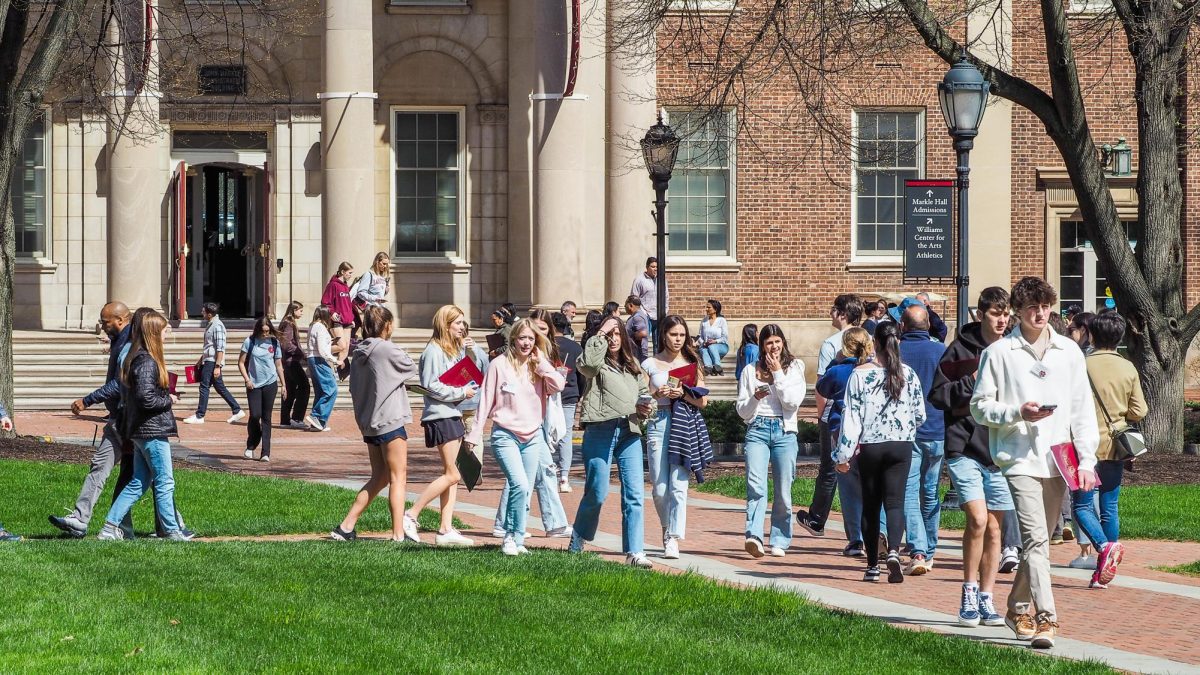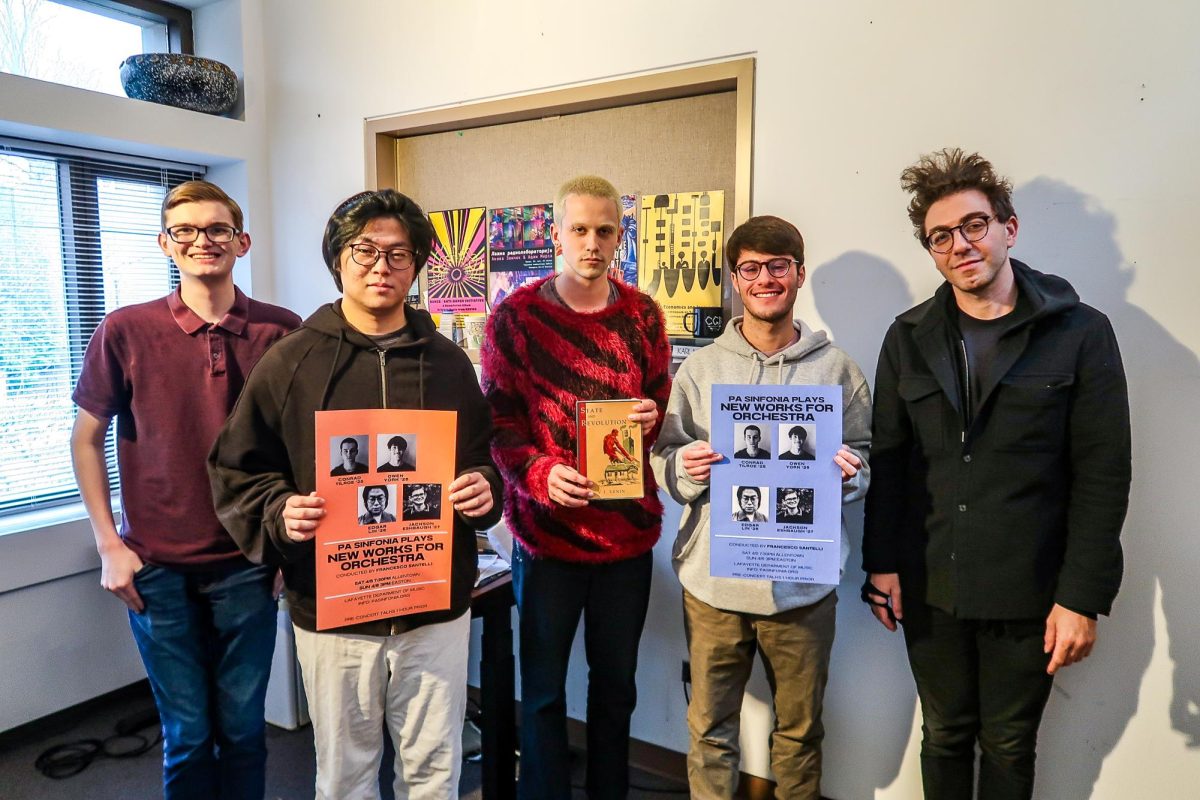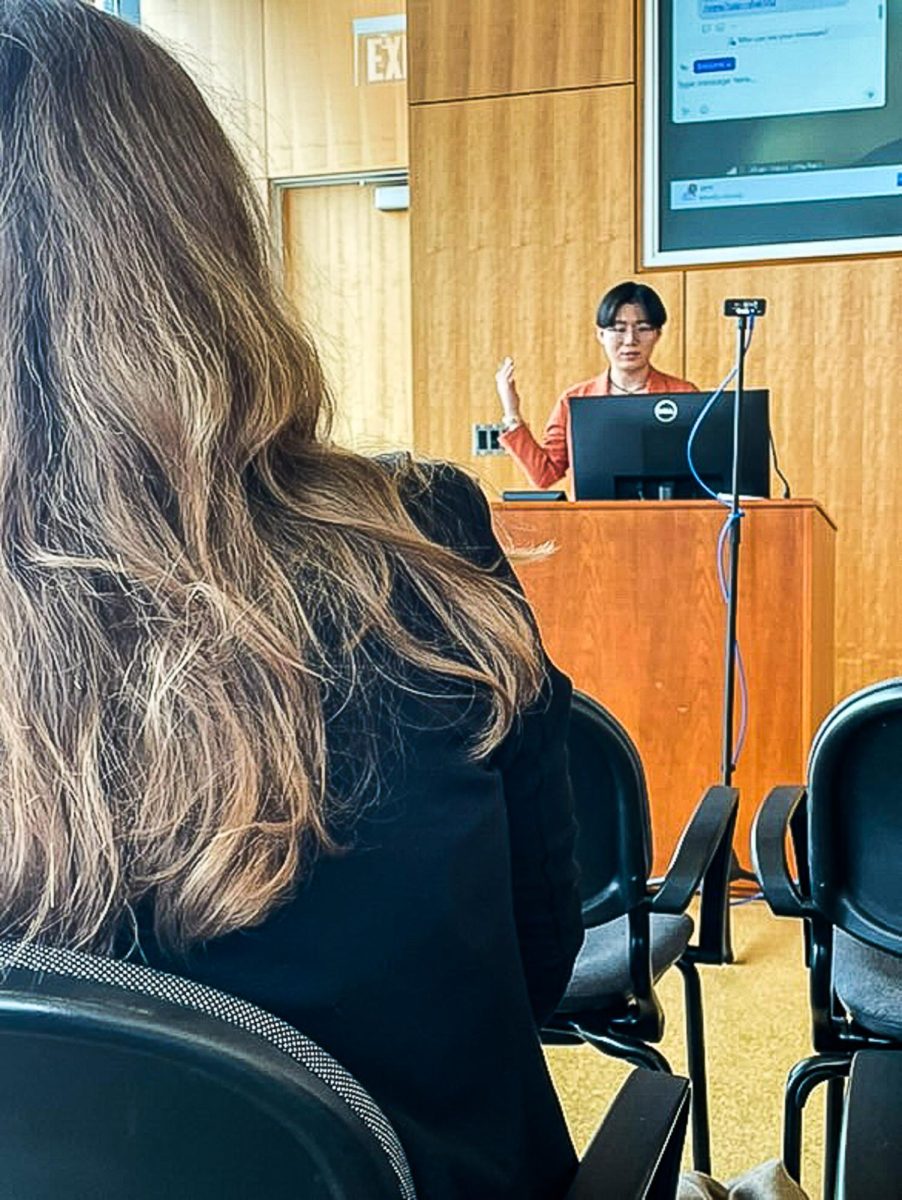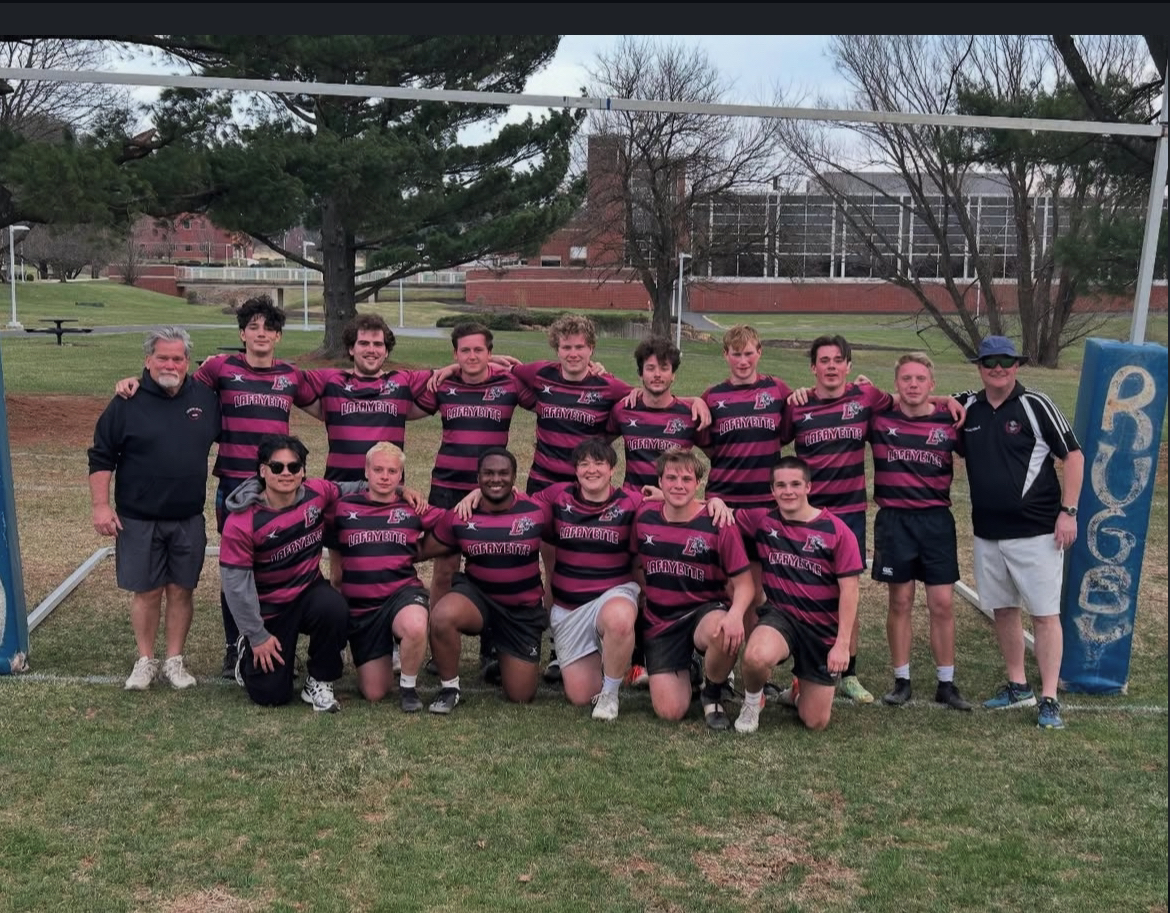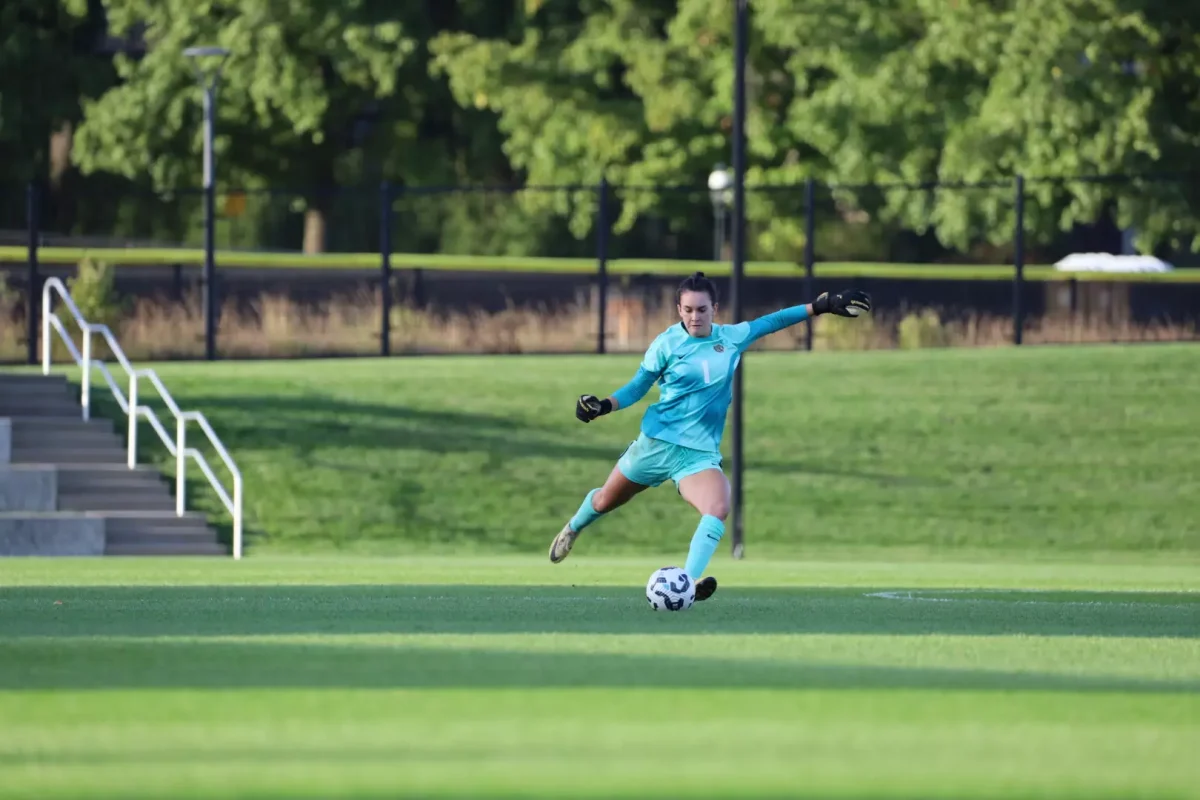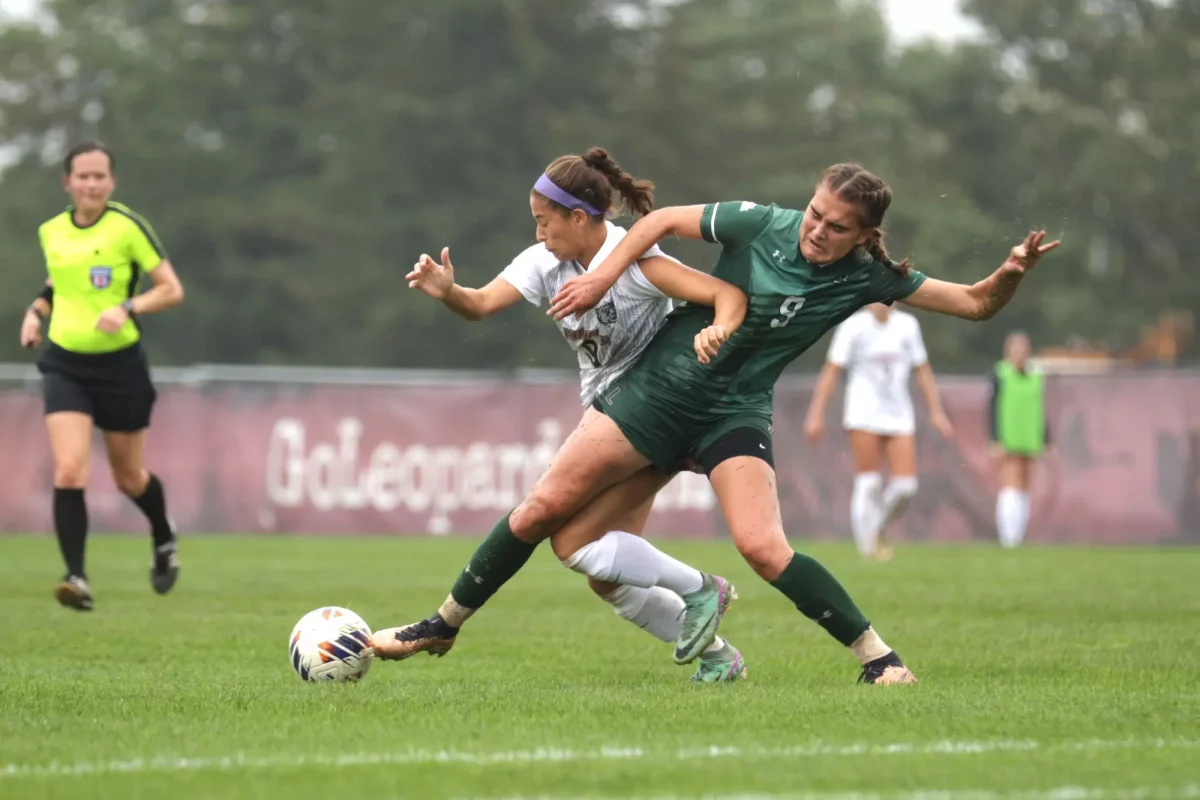Each of Lafayette’s four academic divisions — Arts & Humanities, Engineering, Natural Sciences and Social Sciences — are now represented by a dean. These changes come as part of a new academic structure designed to facilitate collaboration between faculty and administration.
Ingrid Furniss, a professor of art history who also currently serves as interim dean of faculty, was appointed dean of arts and humanities. Lauren Anderson, previously the director of the engineering division, became the dean of engineering. Lisa Gabel, a professor of neuroscience, was appointed dean of natural sciences and David Shulman, a professor of sociology, was appointed dean of social sciences.
The academic deans assumed their roles on July 1.
“We were excited to work as a team,” the deans wrote in a collective email. “Knowing that we would collaborate and not be siloed was important. Our positions support the College and faculty’s work and working jointly on that goal improves our efforts.”
Provost John Meier wrote in an email that the previous administrative structure did not foster strong communication between administration and faculty.
“The creation of the deans was in direct response to the strains created by the former structure,” he wrote.
According to a letter sent by Meier to faculty in March, the main purpose of the formation of the dean positions was to “provide exemplary strategic leadership for the departments and programs they serve … [and provide] support for and communication with programs and departments.”
The letter explained that the role of the dean of the faculty would be divided among the new deans to “allow for focused attention and support of individual faculty members, departments, and programs.”
The letter was a response to a faculty controversy in the spring regarding transparency over administrative changes. Additionally, The Lafayette recently published an editorial detailing a lack of communication from the deans regarding their new positions.
The deans did not provide a response when asked about the faculty controversy. Several faculty members also declined to comment or did not respond to comment on the controversy and current dean structure.
Christopher Phillips, head of the English department, said that one of the biggest changes for faculty with the new administrative structure was the new distinction of academic divisions.
“[Departments have] never really gotten to think of ourselves as a division … now there’s a bit more a chance to go horizontal,” Phillips said. “We’re in the very early stages of kind of figuring out what that means.”
Phillips said that the new identity as a division across departments, with an academic dean at its head, will promote cohesion and communication within the division.
“We have more chances for collaboration with a dean … coordinating,” Phillips said.
“Our positions require regular communication and coordination with faculty members, faculty committees and administrators across the College,” the deans wrote.
“[The deans] are already digging into several issues,” Meier wrote. “Taking up a new position involves a degree of willingness to ‘work without a net’ since everything is to some degree new. I think the four deans are doing a marvelous job of that.”
College president Nicole Hurd agreed that the new structure has been conducive to increased collaboration amongst faculty and administration.
“I think [the deans] have already shown to be great finger on the pulse of some faculty issues,” she said. “I’m hearing really positive feedback from a number of colleagues about how great it is to have someone in their division that they can come to with both issues and for counsel and support.”
“The goal is always to support and facilitate the work of faculty, students, and staff,” the deans wrote.
Phillips said that faculty are generally optimistic about the new positions.
“We’re all curious how this is going to develop going forward, but I think there’s a lot of really good potential,” he said.


